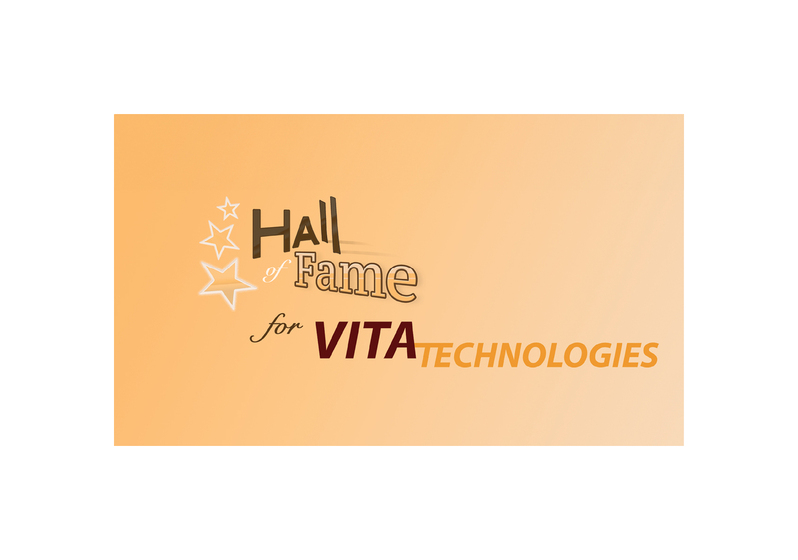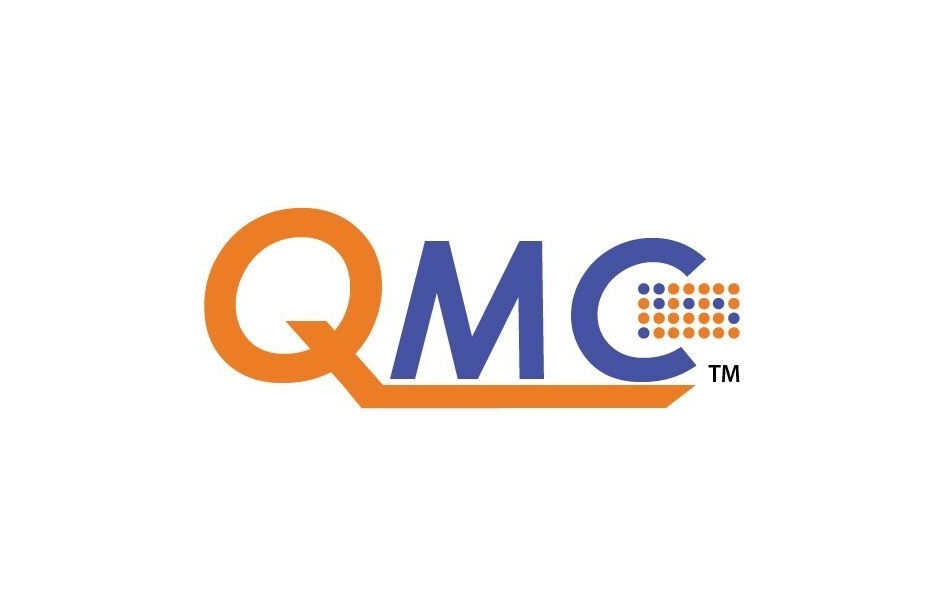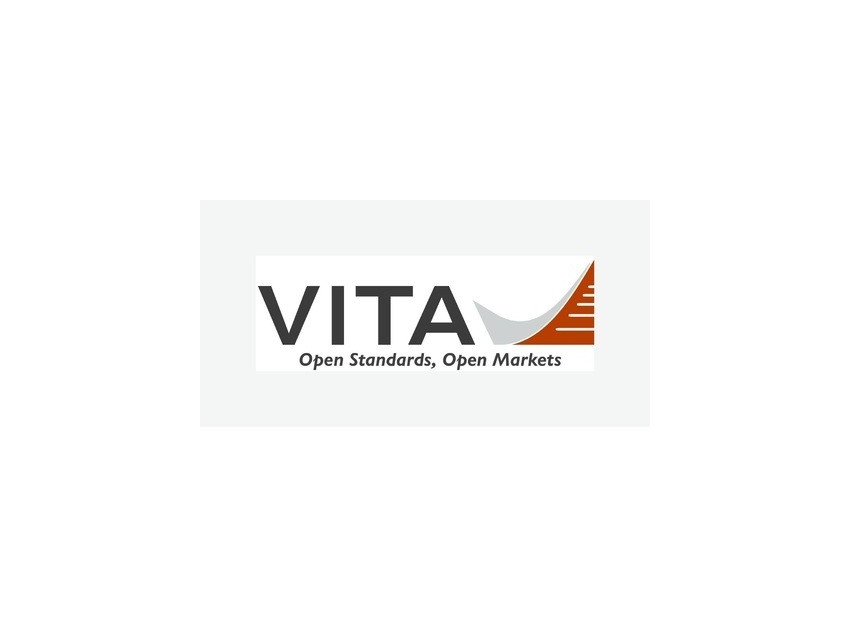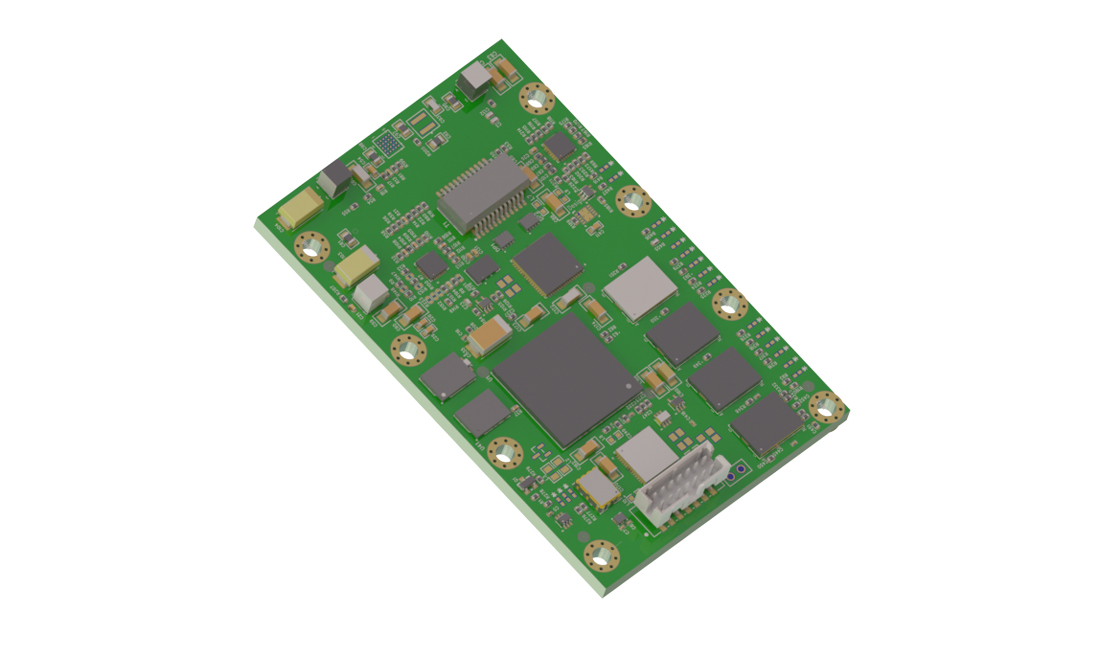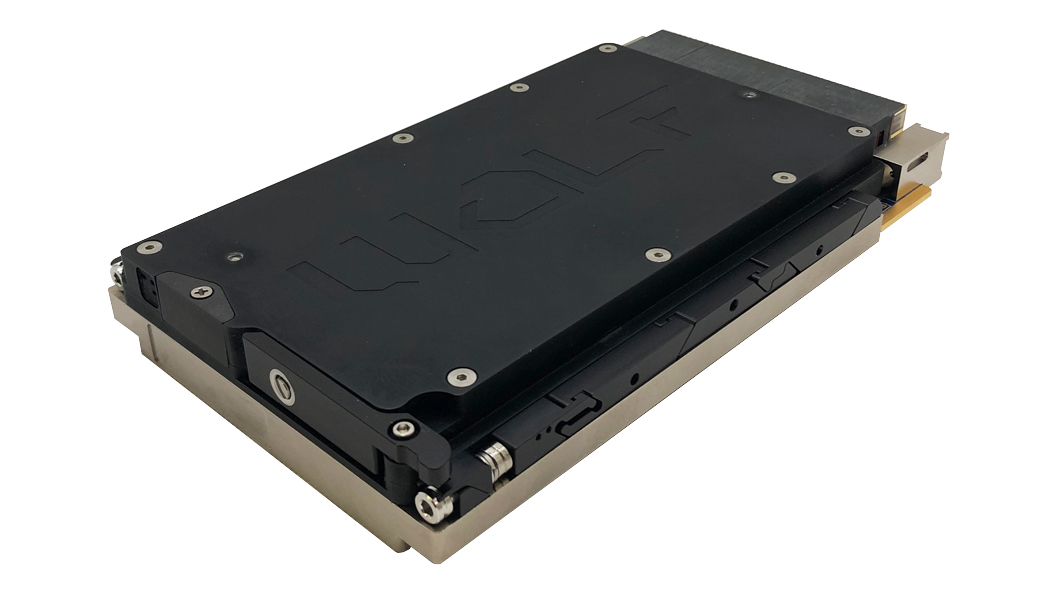 The iPhone has shown the world what a good Graphical User Interface (GUI) looks like. And with the proliferation of embedded graphics hardware – from SoCs and CPU chipsets to GPUs and even soft implementations – military designers are adding graphics to all manner of deployed systems. But how to create DO-178B safety-certifiable graphics code for all these devices? That’s the niche into which ALT Software has positioned its Hybrid ML for OpenGL libraries. The software library and device driver architecture is designed to leverage “all manner of media-accelerated devices.” Designed to work with most low-power graphics cores – such as the Intel US15W, Freescale 5121, TI OMAP, or Fujitsu Ruby – Hybrid ML provides a standardized front-end API and DO-178B-certifiable soft implementations of GPU stages. Designers then add hardware accelerators based on programmable pipeline stages. GPU virtualization, partitioned RTOS operation, multicontext support, and multiple GPU with a single API are also part of the libraries. Included features are: small-footprint OpenGL SC and OpenGL ES API; trusted implementations of geometry caching, state tracking, memory management, and others; reliable shader implementations; and control of a set of virtual contexts for homo- or heterogeneous GPUs.
The iPhone has shown the world what a good Graphical User Interface (GUI) looks like. And with the proliferation of embedded graphics hardware – from SoCs and CPU chipsets to GPUs and even soft implementations – military designers are adding graphics to all manner of deployed systems. But how to create DO-178B safety-certifiable graphics code for all these devices? That’s the niche into which ALT Software has positioned its Hybrid ML for OpenGL libraries. The software library and device driver architecture is designed to leverage “all manner of media-accelerated devices.” Designed to work with most low-power graphics cores – such as the Intel US15W, Freescale 5121, TI OMAP, or Fujitsu Ruby – Hybrid ML provides a standardized front-end API and DO-178B-certifiable soft implementations of GPU stages. Designers then add hardware accelerators based on programmable pipeline stages. GPU virtualization, partitioned RTOS operation, multicontext support, and multiple GPU with a single API are also part of the libraries. Included features are: small-footprint OpenGL SC and OpenGL ES API; trusted implementations of geometry caching, state tracking, memory management, and others; reliable shader implementations; and control of a set of virtual contexts for homo- or heterogeneous GPUs.
Editor's Choice Create safety-critical OpenGL SC code for embedded graphics
Create safety-critical OpenGL SC code for embedded graphics
Read also

